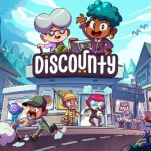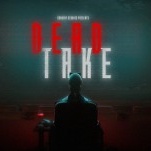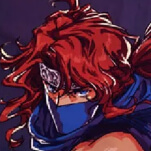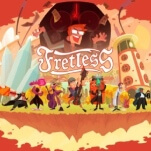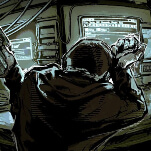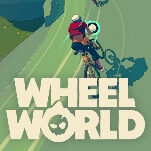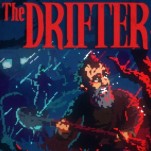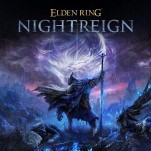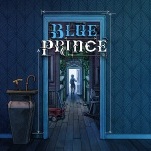In Daniel Lisi’s Book, World of Warcraft Is an Object That Incubates a Culture

I’ve reviewed a fair chunk of the books published by Boss Fight Books here at Paste. If you’re not familiar with Boss Fight, the general idea is something like the 33 ? series or the maybe-on-hiatus Deep Focus books: an author picks a game, they “read” the game through their lens of choice, and the reader gains some type of larger appreciation for the game. This can go a lot of different ways.
The best outcome is a broader appreciation of the object through a perspective that you might not have had before: stories about development and how the thing ended up as this particular thing; stories about adversity the author went through in the context of the thing; a deep, focused reading that teases out new insight that never would have been apparent through an average reading of the book by you and me.
The worst outcome is mostly just those categories reverse. It’s the retelling of well-worn information that has peppered top ten lists for a decade. Or it’s a story of adversity that doesn’t tell us much about the game, or the author, at all. Or it’s a surface-level reading of the game that all of us could get to by playing through the game and doing a little bit of freewriting afterward.
Boss Fight Books, just like the other series’ that I mentioned, has had books that hit both those highs and those lows, and Daniel Lisi’s World of Warcraft ticks off all the boxes in the “best outcome” category. It’s a well-written, careful book that tells some great personal stories while delving into the broader context around World of Warcraft, and that additional information really sets up some parameters for Lisi to attempt to answer the central question of the book.
While Lisi only mentions it a few times, and the book certainly doesn’t frame itself this way exclusively, the running question that animates the discussion about World of Warcraft is “why do we go back?”
-

-

-

-

-

-

-

-

-

-

-

-

-

-

-

-

-

-

-

-

-

-

-

-

-

-

-

-

-

-

-

-

-

-

-

-

-

-

-

-













